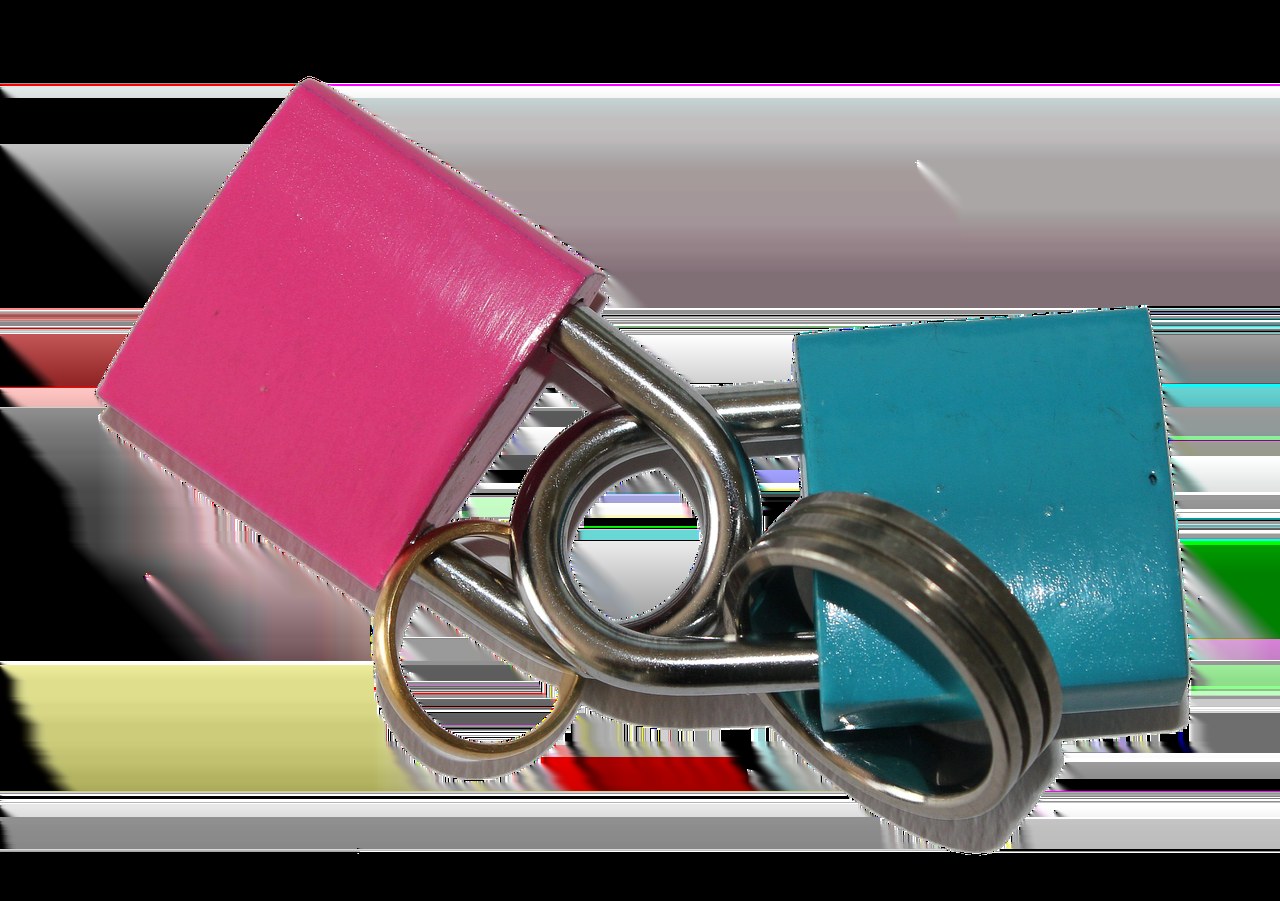There is a tender paradox at the heart of real affection – you can cherish someone deeply and still recognize that clinging may harm both of you. The old wisdom asks that, when love is genuine, you set it free. That idea can feel noble in theory and brutal in practice, because attachment promises comfort while uncertainty rattles our sense of control. Yet love that seeks the other’s flourishing often walks hand in hand with restraint, humility, and faith. Choosing to set it free does not mean giving up on love; it means refusing to trap it, and trusting that what is meant to grow will grow without a cage.
What loving without possession really means
To love is to want the other person’s well-being – not just the parts that benefit you, but the path that genuinely serves them. If staying together keeps both of you small, or if one of you is straining against needs that cannot be met in the shared life you have, the bravest expression of care may be to set it free. That choice does not erase history or affection; it honors them by refusing to turn love into ownership.
This kind of maturity asks for self-honesty. You might be holding on because you fear the unknown, not because the bond is still healthy. You might be replaying the best moments while minimizing the chronic aches. Naming that truth out loud – and acting on it – is an act of integrity. When you set it free, you move from gripping to giving, from scarcity to generosity, from the illusion of control to the dignity of choice.

Why release can be an act of love
Letting go rarely feels good at first. It prods the ego, stirs grief, and invites questions no one can answer today. But staying locked in patterns that no longer work is a different kind of pain – one that calcifies over time. When you set it free, you trade the ache of clinging for the ache of healing, and the latter invites forward motion.
Mutual love thrives on reciprocity. If affection stopped being shared, chasing it will not conjure it back. Accepting that truth is not cynicism; it is respect. It says, your freedom matters, and so does mine. Even if your heart still hopes, pressing pause on pursuit allows both people to breathe, recalibrate, and choose again without pressure.
There is also a practical mercy in release. The energy spent negotiating mismatched futures – one person longing to roam while the other craves roots, for example – can be redirected toward building lives that fit. To set it free is to stop dragging yesterday into tomorrow and to give each of you permission to grow where you are planted.

How to practice releasing with integrity
Revisit the reason, not the revisionist memory. After a separation, the mind edits ruthlessly – it spotlights the sweetest scenes and fades the conflict that led here. Keep a compassionate record of why the bond no longer worked. Read it when nostalgia fogs your view. This is not a campaign against your past; it is a safeguard for your future, reminding you why you chose to set it free.
Own the decision as an act of care. If you concluded that your paths no longer align, then honoring that conclusion is an ethical choice, not a failure of heart. You can love someone and still decide that a shared life cannot meet both sets of needs. Naming that out loud – to yourself and, if appropriate, to them – steadies the part of you that worries you were unkind when you chose to set it free.
Let joy count as evidence. If they start to flourish apart from you – more ease in their voice, new opportunities, a healthier rhythm – allow that to reassure you. It means your courage served a purpose. When you see their light return, remind yourself that your willingness to set it free helped make space for that light.

Fill your calendar before your thoughts fill the silence. Emptiness invites rumination. Give your days shape – films with friends, long walks, classes you always meant to try, conversations that make you laugh. Your mind needs fresh input and your body needs motion. Structure cannot erase pain, but it can keep you from spiraling – especially in the early weeks after you set it free.
Allow grief to be a season, not a sentence. Heartache is not a problem to solve but a weather system to ride out. Make room for tears and tenderness. Journal. Rest. Eat simply. It will not feel like this forever. Healing does not sprint; it meanders. When you set it free, you also grant yourself permission to be human while you mend.
Check in sparingly, and only when your motives are clean. Months down the line, a quick look at a public update can sometimes affirm what you already know: life moves on. If peeking ignites obsession, skip it. Curiosity is normal; compulsion is costly. Protect your peace by choosing the distance that supports your recovery.
Refuse the fantasy of the alternate timeline. The mind loves what if – what if that one argument went differently, what if you met at a different time. That movie has no ending because you write it as you watch it. Replace the reel with reality: you are here now, with choices in front of you. Re-commit to the present every time the imaginary future calls, and whisper the reminder that the kindest thing you did was to set it free.
Let new fascinations dilute old fixations. Try pottery, join a climbing gym, learn a language, volunteer. If romance feels right, meet people lightly and honestly. Novelty does not erase affection, but it widens your world so one storyline does not swallow the rest. Each fresh spark makes it easier to keep your promise to set it free.
Lean on your circle – and let them lean back. Share the unfiltered version of your feelings with friends or family who have earned your trust. Ask for a walk, a call, a couch to collapse on. Be specific: “I need distraction” or “I need truth.” Community reminds you that your identity is larger than one role you used to play.
Choose fierce self-regard. Self-respect is not vanity; it is maintenance. Feed yourself well, keep favorite routines, speak to yourself as you would to a dear friend. If part of you believes you are unlovable without this person, meet that belief with gentleness and facts. Your worth is not on layaway, and it does not depend on who stays. Loving yourself makes it easier to set it free without collapsing.
Stop trying to engineer a feeling. Affection under pressure loses oxygen. If you caught yourself overexplaining, overperforming, or begging the connection to behave, you already know the exhaustion of forcing chemistry. Step back. Breathe. What fits will not need that kind of friction to survive.
Steer your thoughts like a careful driver. You cannot stop a memory from entering the lane, but you can decide whether it gets the wheel. Use anchors – a mantra, a breath pattern, a physical cue like placing a hand over your heart – to return to the moment. This is how you reclaim your inner space after you set it free: one redirected thought at a time.
Redefine what success looks like. Endings can be wise. The story was not wasted because it did not last forever. You learned communication, boundaries, compassion, or what you do not want to repeat. Growth is a win – even if it arrived in tear-streaked packaging.
Ask the hardest question plainly. If you cannot release someone when release is clearly best for them, what are you holding on to – love or possession? Attachment that values your comfort above their freedom is not affection; it is fear wearing a tender mask. Call it what it is, and then act in alignment with your values.
Make peace with your Yes. Acceptance softens the edges of loss. You chose this because you believed it was right, or because they asked, or because the relationship could not sustain both of you as you are. Repeat your Yes – quietly, daily – until your body trusts it. That is the moment the past loosens its grip and you truly set it free.
Supporting yourself while the dust settles
When a relationship ends, routines evaporate. Replace them with rhythms that nourish. Start mornings with movement – a stretch, a short run, a brisk walk – to clear the static that grief can generate. Create small rituals at meal times and before bed. Keep sentimental items out if they comfort you, and tuck them away if they sting. There is no moral high ground in suffering unnecessarily; there is only the question of what helps you heal without pretending you are not hurting.
Be thoughtful with your environment. If certain playlists, streets, or cafés flood you with pain, choose alternatives for a while. If financial or living arrangements were intertwined, make a simple plan and ask for help where you need it. Stability in logistics often quiets emotional noise. And if waves of sadness arrive at odd times – in the queue at the store, on the train, in the middle of a meal – excuse yourself, breathe, and let the wave pass. Feelings are weather, not verdicts.
Rethinking the story you tell yourself
What you say about this ending will shape how you carry it. If the story is “I am unlovable,” the heart shrinks. If the story is “I made a considered choice to honor two futures,” the heart makes room. Words matter because they form the lens through which you interpret every text, every silence, every sighting. Choose language that is honest and kind: “We tried. We learned. We grew apart. I cared, and I still care. And I am building a life that fits.”
Also notice how dignity feels in your body. It is the quiet comfort of doing what aligns with your values, even when no one claps. Dignity is slow, steady, grounded – the opposite of panic. If you act from that place, the days rearrange around your calm. The relationship may be over, but the person you are becoming is just beginning to arrive.
When freedom circles back
Sometimes, after distance and growth, two people meet again with new eyes. If that happens, you will not need to contort the past to justify the present. You can simply ask, “Who are we now?” and see what truth emerges. If paths remain separate, you can still honor what was – without revisiting every bend in the road. Either outcome benefits from the same posture: respect for choice, gratitude for lessons, and a steady willingness to keep moving in the direction of wholeness.
You do not have to pretend that release is painless. It is not. But love that is real does not demand captivity to prove itself. It trusts that agency is part of affection, that two people can bless each other even as they part, and that courage looks like tender boundaries in action. When you choose what is generous and true, you give both stories a chance to unfold with more light – and that is a beautiful way to honor what you felt.